
Crumbling Jewel: Kirkuk Citadel Faces Collapse as Officials Call for Urgent Intervention
ERBIL (Kurdistan24) – Kirkuk’s ancient citadel, a towering testament to millennia of civilization and a vibrant mosaic of faith and culture, is facing a severe threat of collapse, prompting urgent calls for intervention to save the historic landmark from crumbling into ruin due to what officials describe as critical neglect.
The alarm was sounded amid growing fears that without immediate and comprehensive action, one of Iraq’s most significant heritage sites could be irreparably lost.
In a previous report by Shafaq News on March 22, 2025, Kirkuk Provincial Council member Sawsan Jadoua called for the immediate intervention of both federal and local authorities to rescue the citadel before further deterioration occurs.

Jadoua stated that neglect is already causing parts of the historic site to crumble, delivering a sharp critique of the key governing bodies responsible for its preservation.
According to the report, she criticized the federal government, the Kirkuk Provincial Council, Kirkuk Municipality, and the Directorate of Antiquities and Heritage for having “failed to implement a comprehensive plan to restore and protect the citadel.”
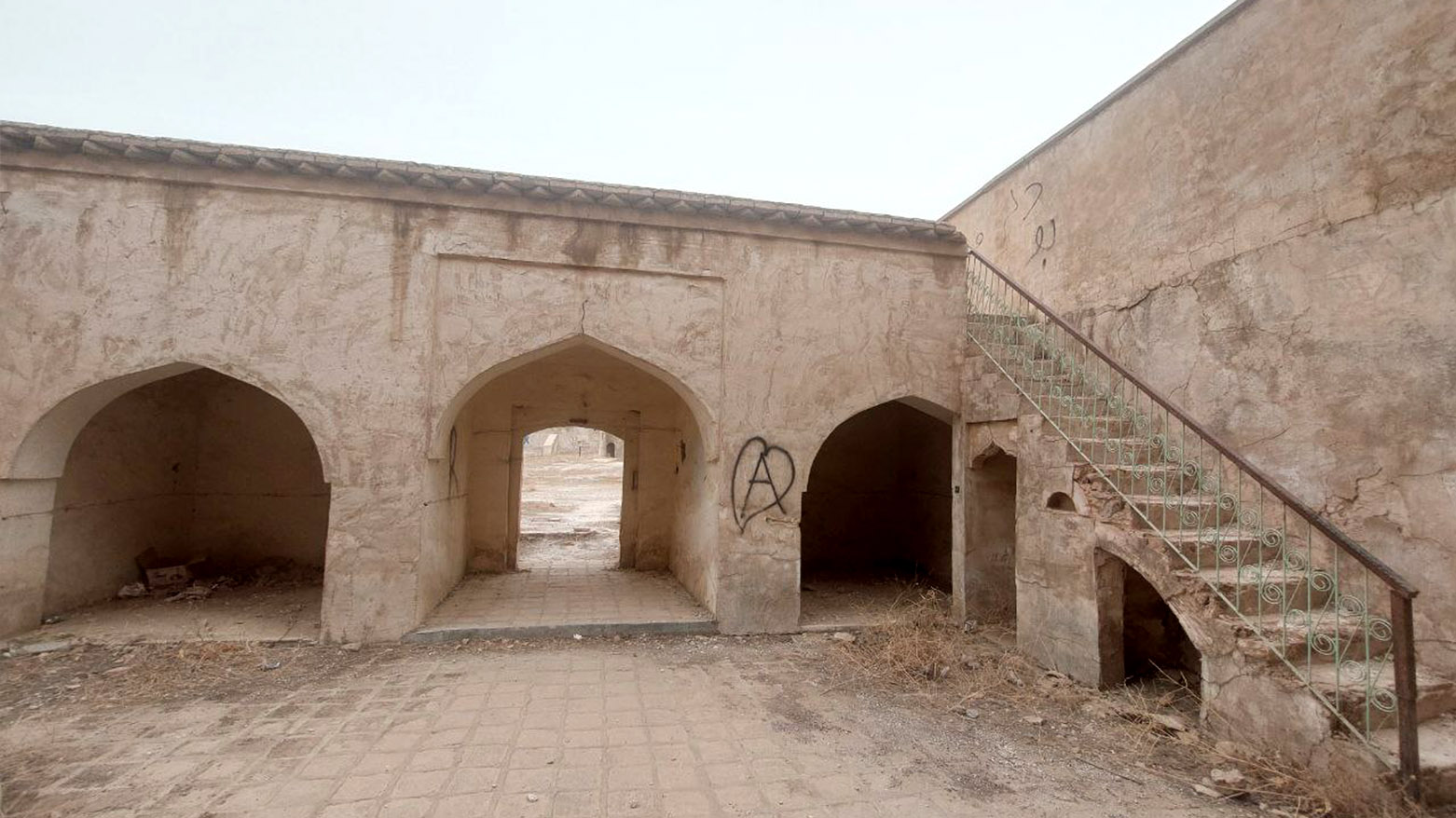
Emphasizing the need for “serious” restoration projects, Jadoua called for a joint effort from official institutions and the public to revive the landmark. The urgent appeal casts a grim shadow over a site that has survived empires and conflicts, only to now face a potential demise from decay.
A Monument to Millennia
Perched atop a vast archaeological mound, the Kirkuk Citadel stands as a powerful symbol of the region's deep and layered history.
According to a descriptive brief submitted by Iraq to UNESCO for the site's inclusion on its Tentative World Heritage List, the citadel is located in the city center on a rounded hill rising approximately 120 feet above the surrounding plains, overlooking the Khasa River.

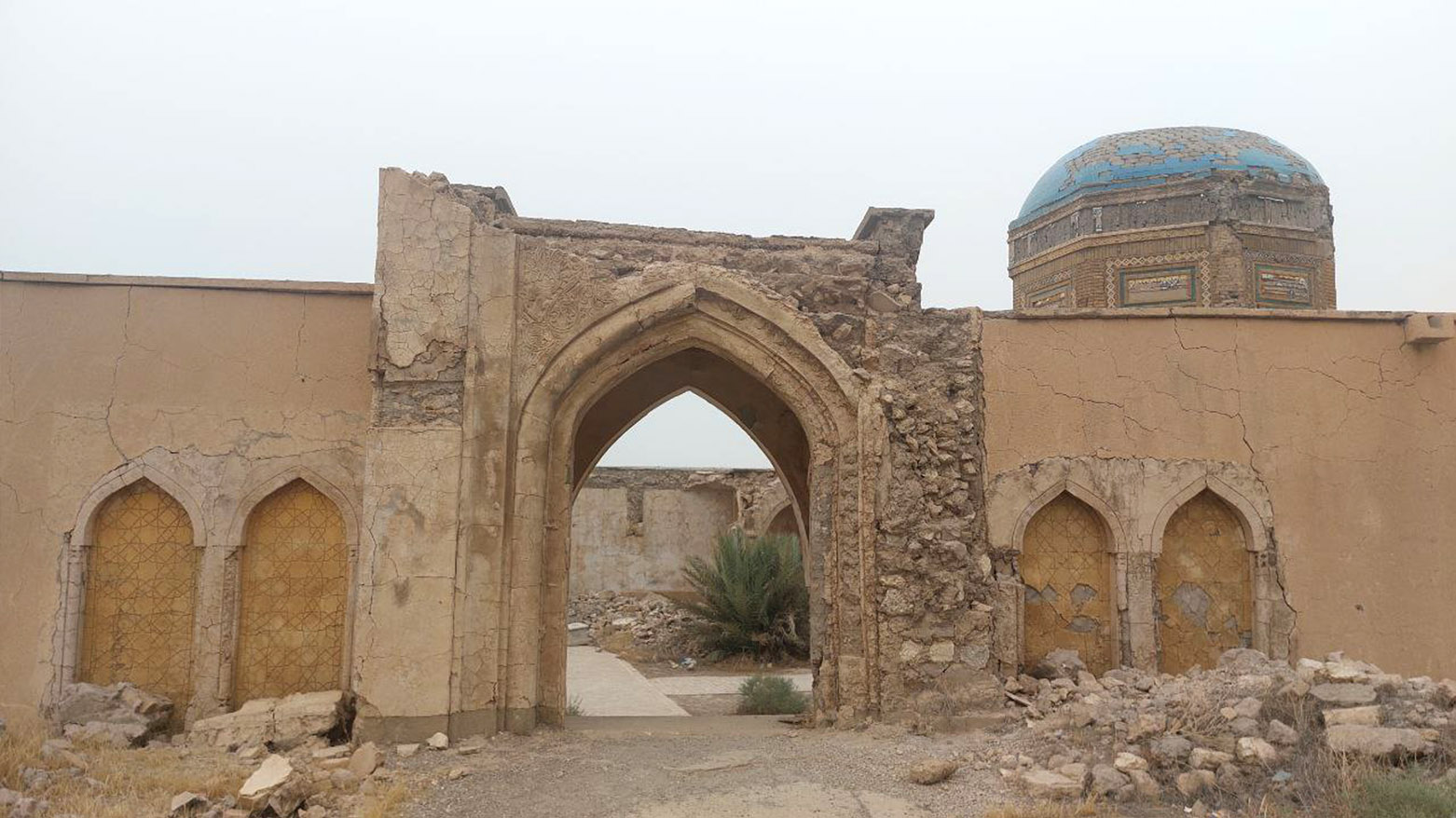
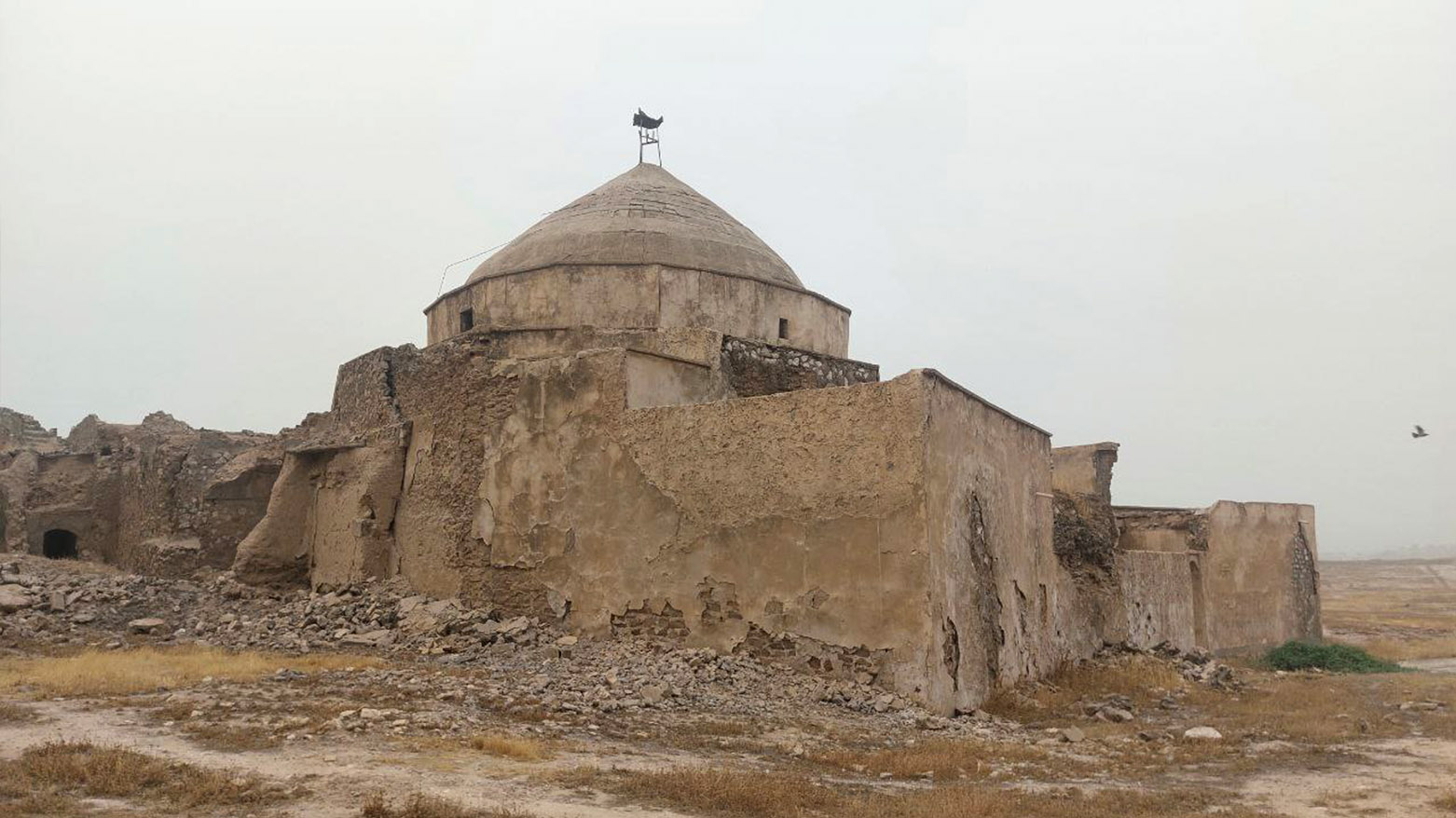
Its origins are ancient, with some historians believing it was constructed by the Gutians, while others attribute its establishment to the Assyrian king Ashur Nasirpal II between 850 and 884 BC.
Shafaq News notes that the fortress, reinforced by Alexander the Great in the 4th century BC, commands a strategic position and once boasted more than 60 guard towers.
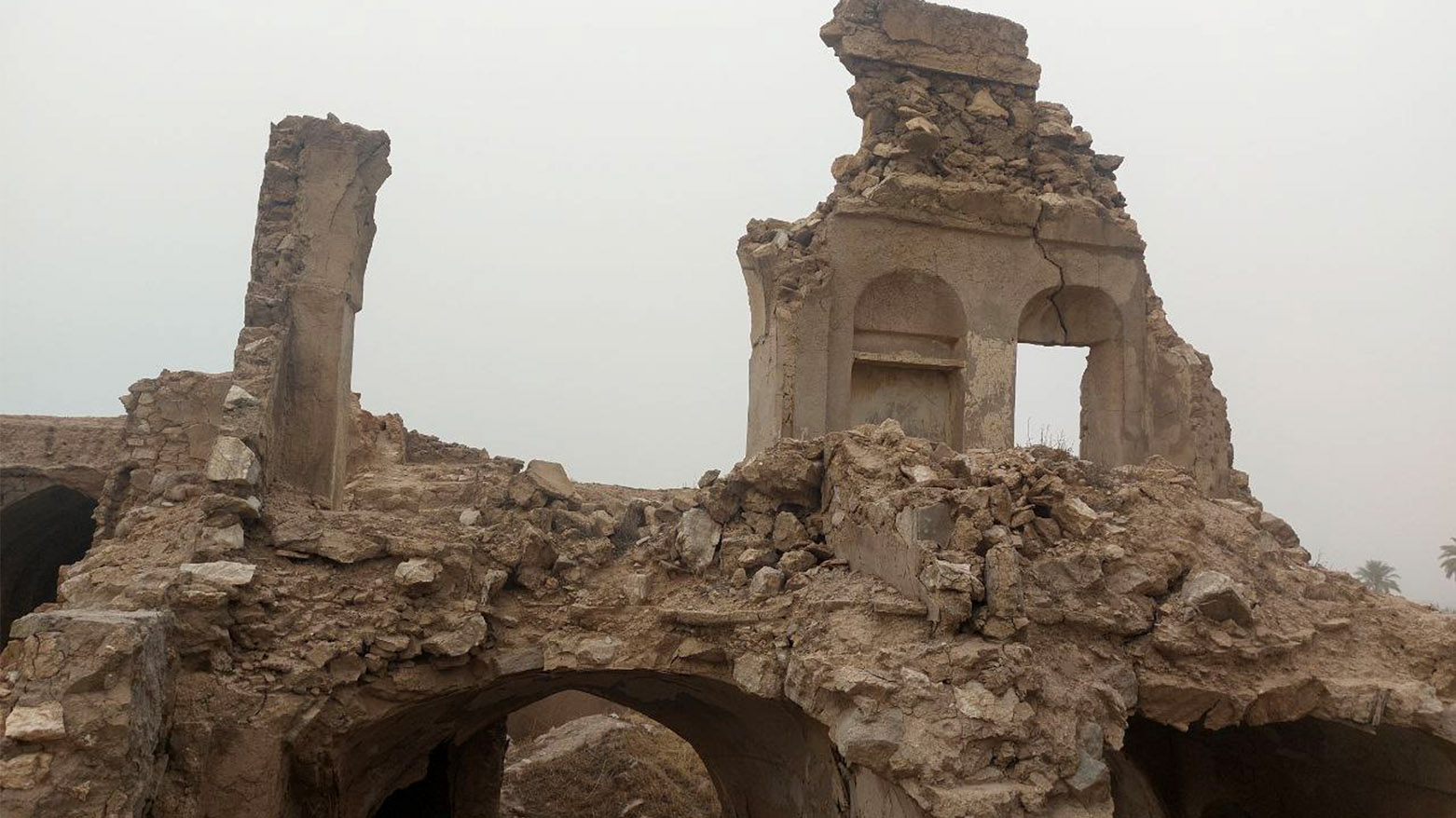
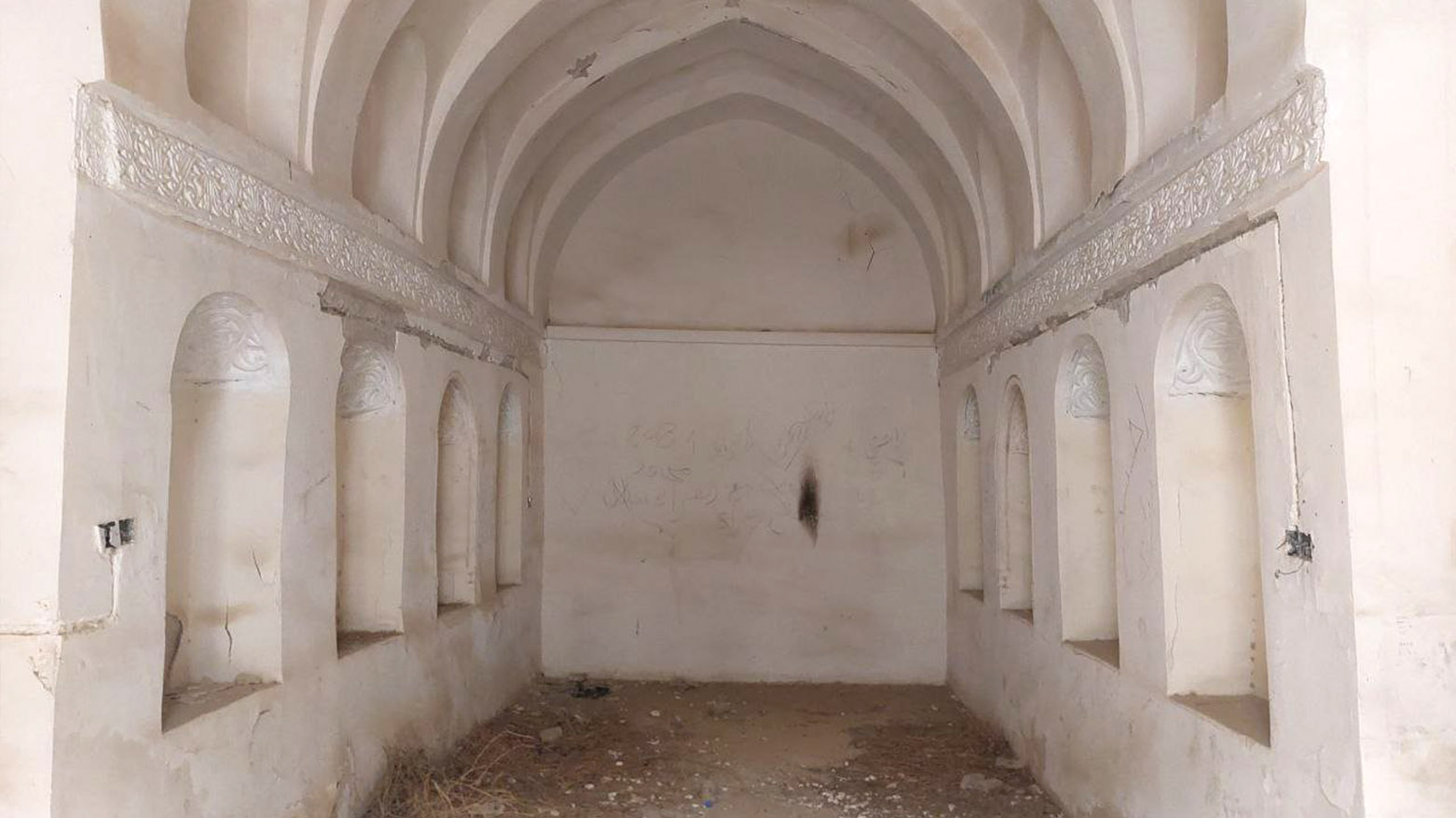
For centuries, it served as an integrated, self-contained city, a defensive bastion that witnessed the march of history. A 2021 report by Kurdistan24 described it as standing on an artificial mound 130 feet high, a silent guardian of the city it overlooks.
A City Within a City: Architectural Splendor
The citadel's internal layout, as detailed in the UNESCO submission, reveals its complexity as a complete urban center. It is traditionally divided into three main sections: the Al-Midan locality in the north, the central Aghaliq district—so named because it was home to Janissary leaders—and the Hammam district in the south, which housed a large public bathhouse.
Access to this city was once granted through four main entrances. Today, only one, Bab al-Toub (Toub Qabu), remains in its original form.
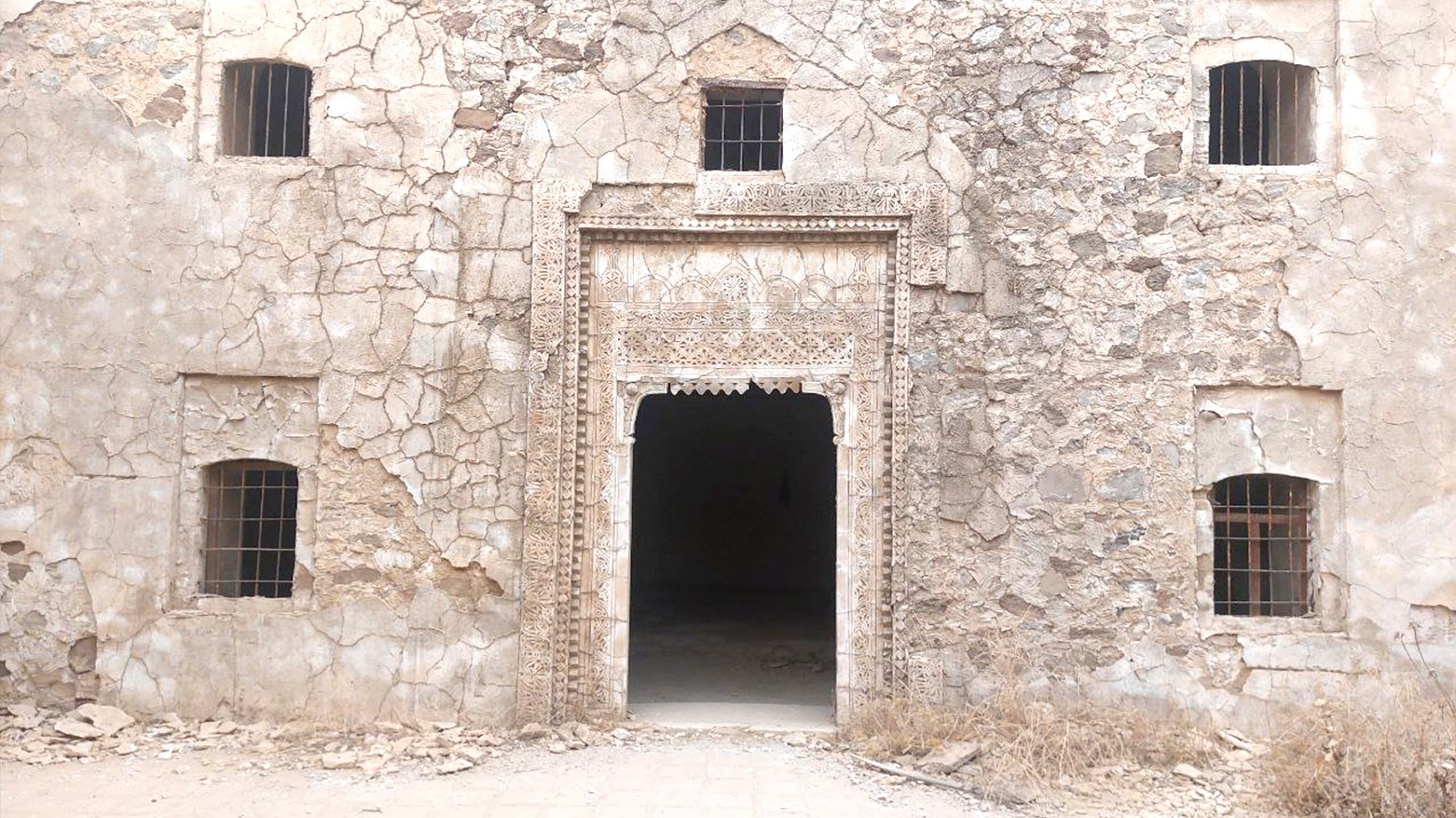
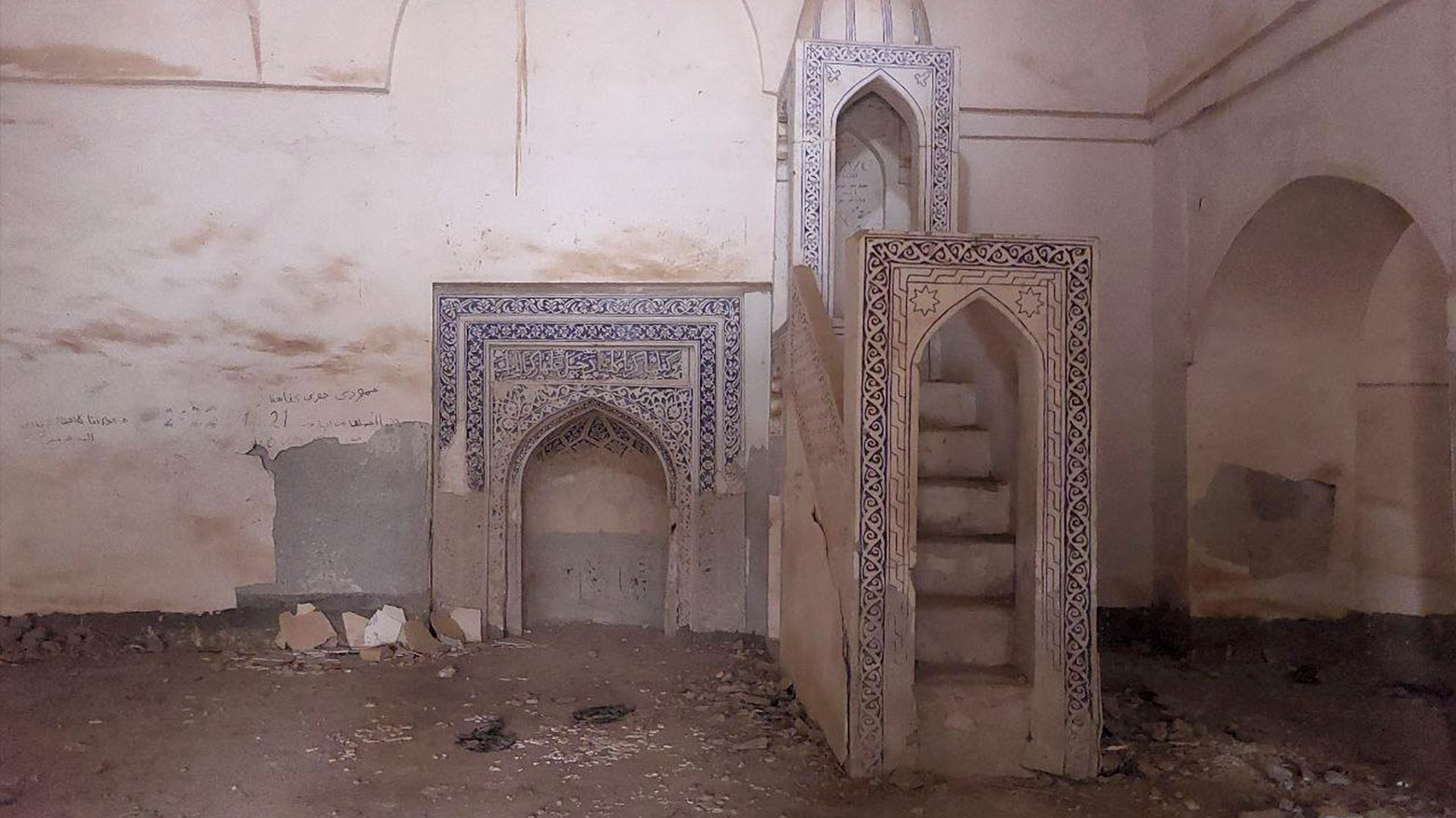
Located on the western façade overlooking the Khasa River, this gate, dating back over 150 years, is distinguished by its pointed arches and semi-oval vault constructed of stone and plaster. The other historic gates—the main stone door, the Seven Girls Gate, and Bab Al-Halloujia—have been lost to time, leaving Bab al-Toub as the sole surviving sentinel.
Within its walls, the citadel houses an extraordinary collection of archaeological and urban landmarks.
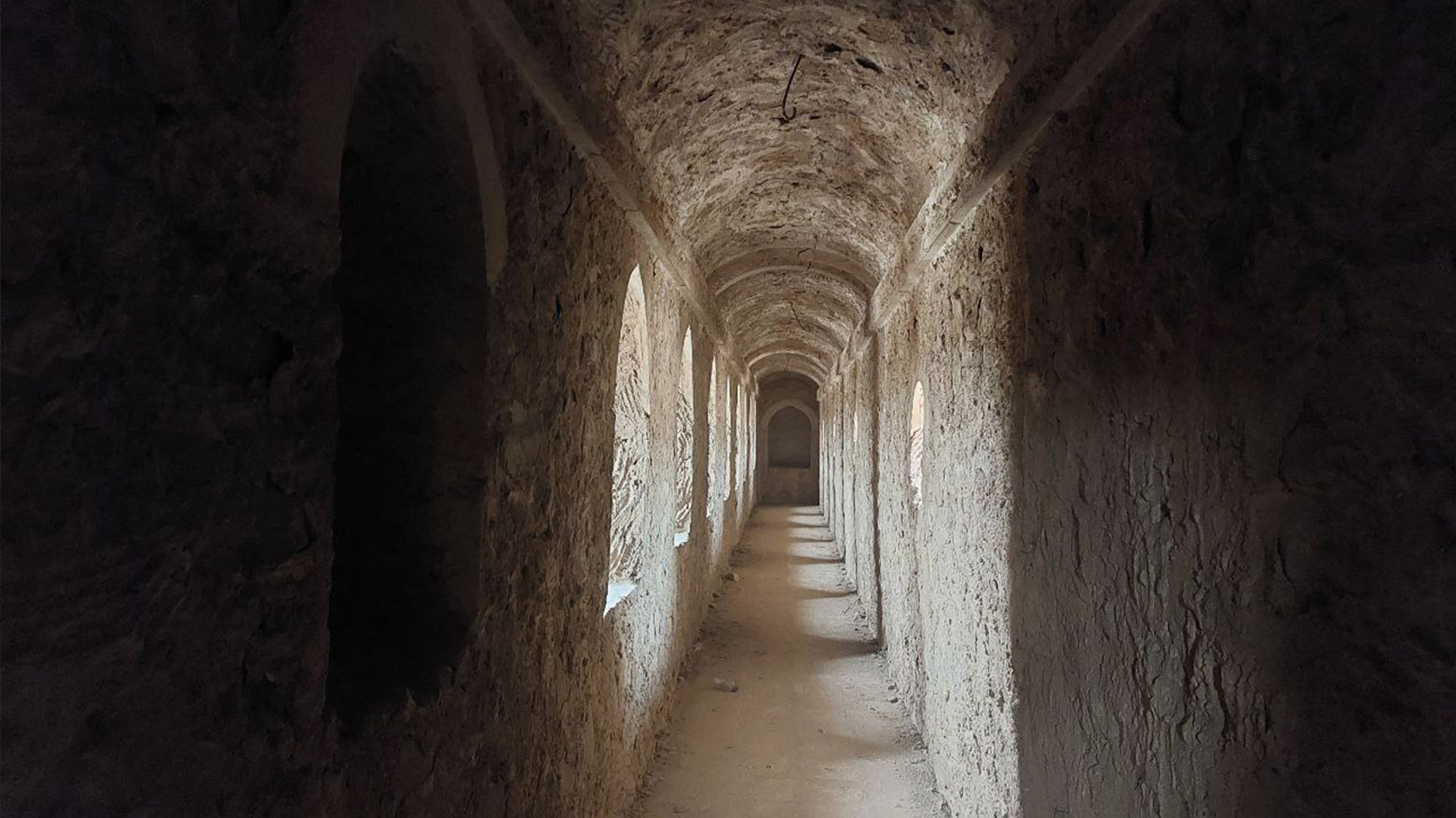
The Al-Qaysariyah Market, a unique commercial hub over 150 years old, features distinct arches and once contained around 300 shops. The heritage houses scattered throughout are characterized by beautiful architectural styles, exquisite stucco ornaments, and marble columns, though many were tragically removed during the former regime.
A Mosaic of Faith and Culture
The citadel is perhaps most remarkable for the diverse places of worship that have coexisted within its confines for centuries, testifying to Kirkuk’s history as a multicultural crossroads.
"This citadel is proof that this city is so precious," local resident Talhat Kareem told Kurdistan24 in 2021. "It was once the house of all people, all religions and all nationalities."
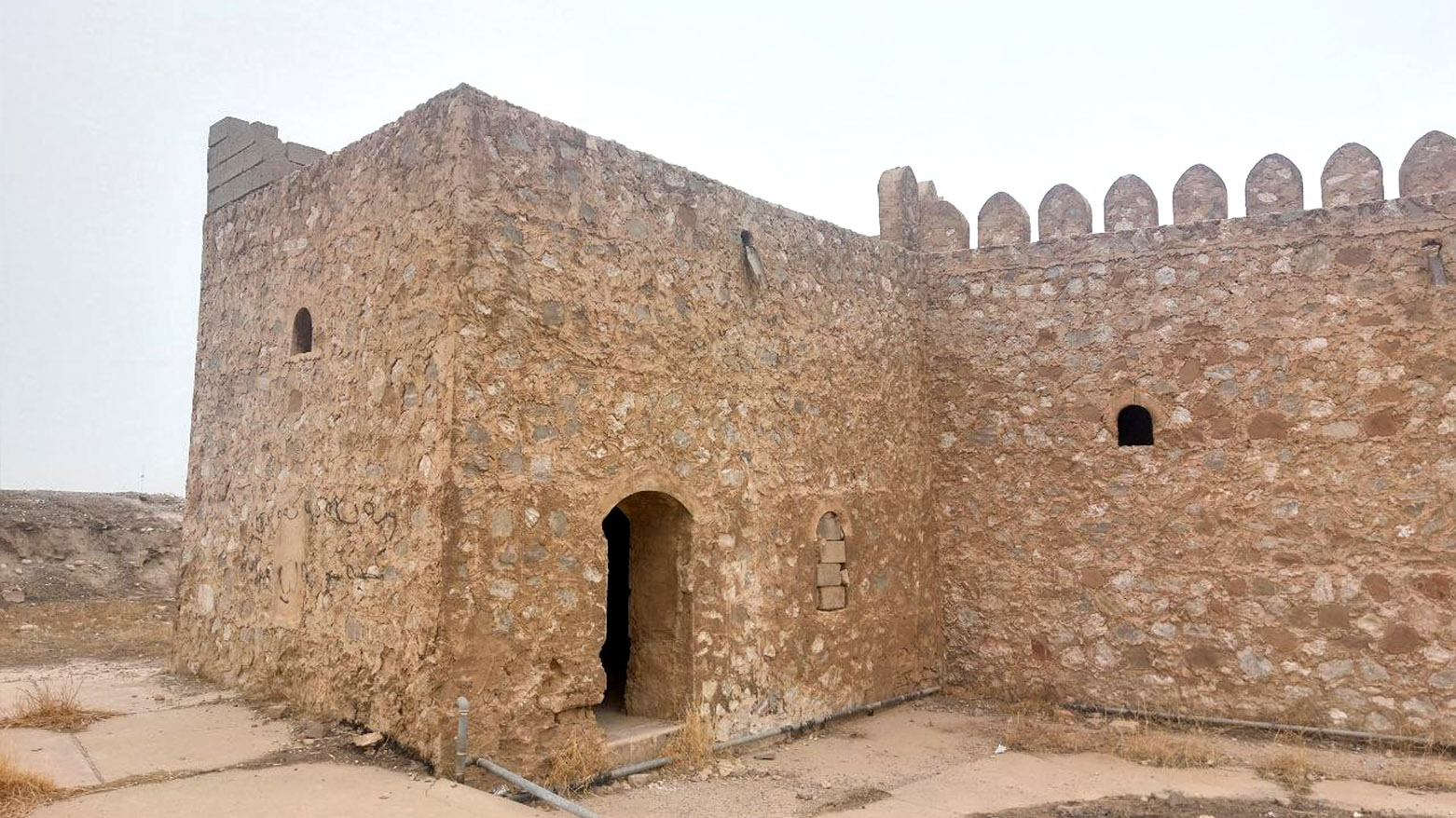
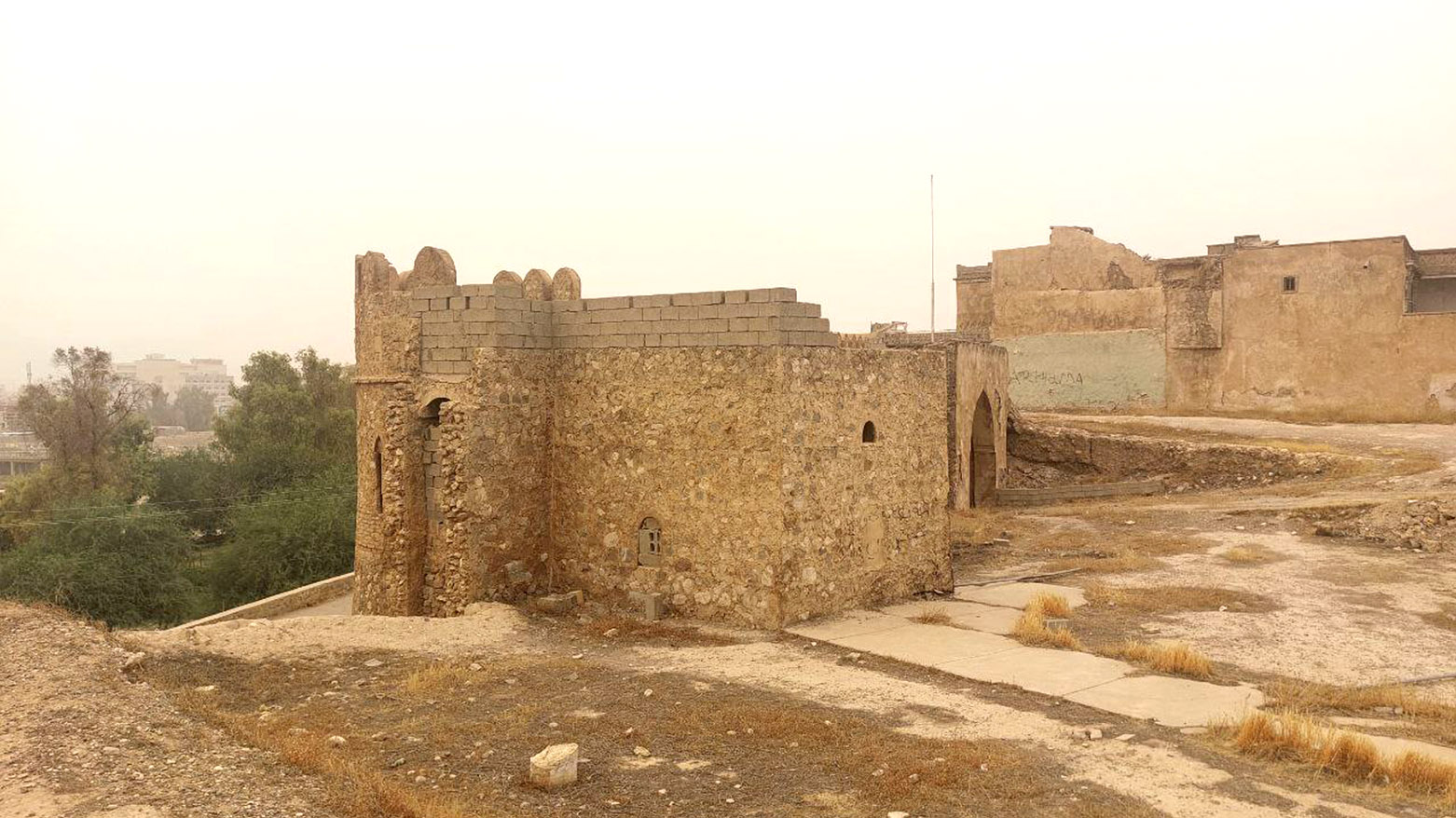
Among its most prominent religious sites is the Prophet Daniel Mosque, considered the oldest in the citadel, with a distinguished minaret dating to the late Mongol or early Timurid era.
The mosque holds immense social and spiritual value and is visited frequently by locals, especially on Saturdays—a tradition that historian Yousif Rashid, speaking to Kurdistan24, said is a reminder that the site was originally Jewish.
Rashid added that the mosque also reportedly contains tombs believed to belong to Daniel’s companions: Hananiah, Mishael, and Azariah.
The citadel is also home to the Great Mosque, a 13th-century structure with a unique Islamic architectural style, and the Al-Aryan Mosque, dating to 1142 AH, which features a mihrab decorated with intricate floral and geometric motifs.
Christian heritage is profoundly represented as well. The Chaldean Church of the "Mother of Sorrows" was built in 1862 on the ruins of an older cathedral.
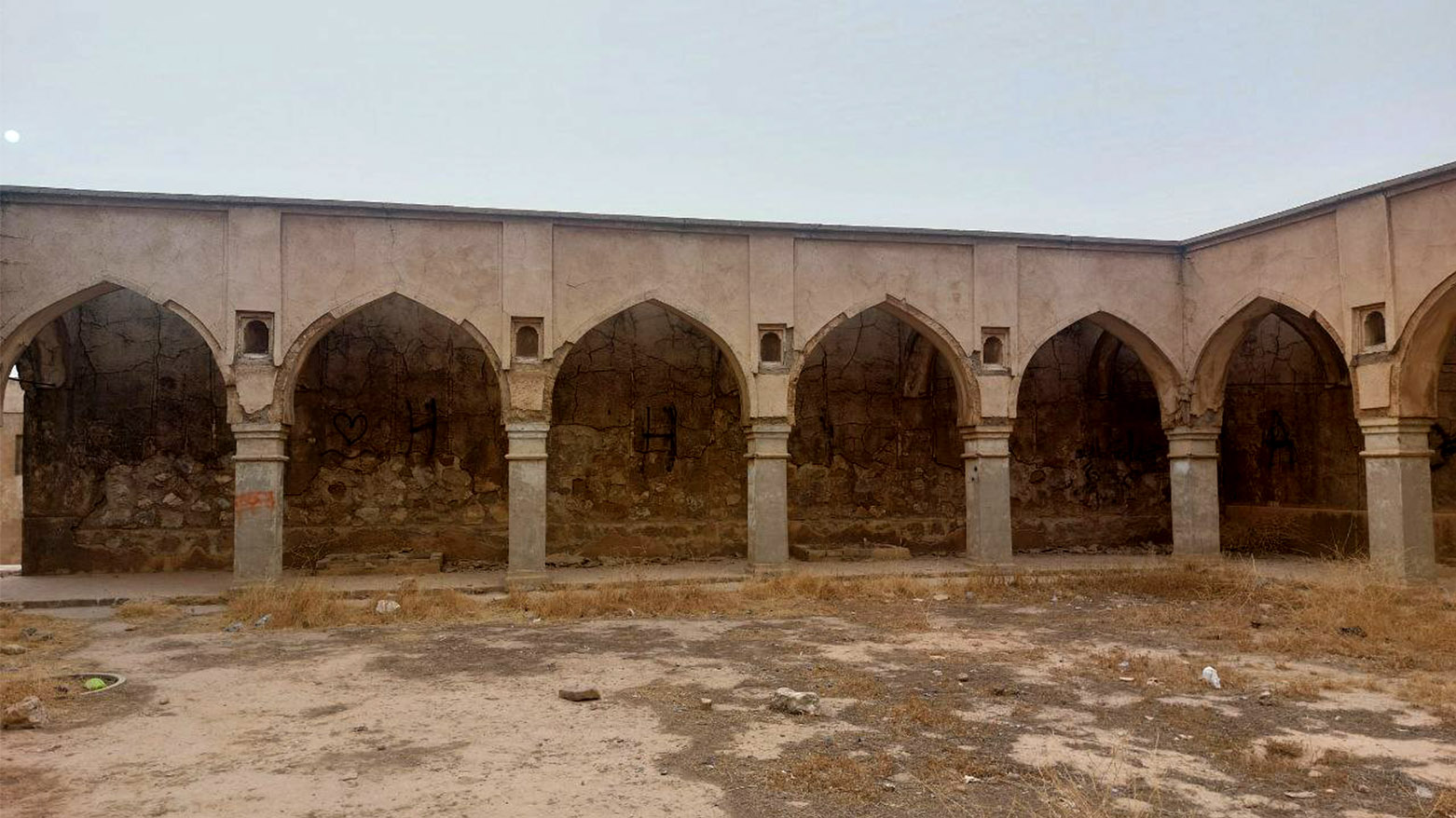
According to the UNESCO description, its large stone-and-plaster structure, with ceilings supported by marble columns, has suffered significant damage and is in dire need of scientific preservation.
Another famous structure is the "red church," which Kurdistan24 described as a "Jewel" of the citadel from the pre-Islamic period, renowned for its marvelous mosaic.
Justification for a Global Treasure
The citadel’s immense value has been formally recognized in its nomination for the UNESCO World Heritage List.
The submission argues for its "Outstanding Universal Value," stating that it "represents a unique testimony to an existing civilization that has not disappeared" and that its architectural styles are unique.
It is compared favorably to the Qal'a of Beni Hammad in Algeria, with the submission noting that while the Algerian site was abandoned, "the Kirkuk Citadel preserved its cultural fabric for centuries and is still inhabited," giving it a vibrant, living heritage.

Despite the current crisis, efforts to preserve the site have been underway. "UNESCO is involved and has been actively overseeing renovations since 2010," Rashid told Kurdistan24, with the goal of restoring its glory.
However, the recent warnings from officials like Sawsan Jadoua suggest these efforts have been insufficient to halt the encroaching decay.
The sense of loss is palpable among Kirkuk's residents. "I like it, I am proud of it, at the same time, I am sad when I see it because now it should have been a crowded place full of visitors," Talhat Kareem lamented to Kurdistan24.
His words encapsulate the current state of the citadel: a source of immense pride, yet also a symbol of profound neglect, waiting for a rescue that must come before it is too late.

Photos sent to Kurdistan24 by Dana Hama Ghareeb.